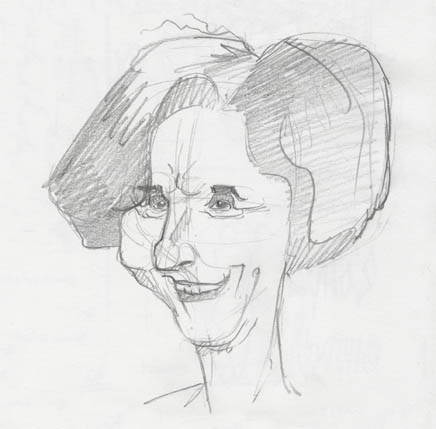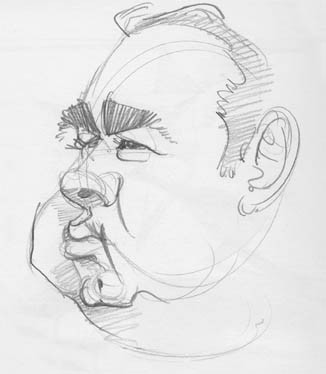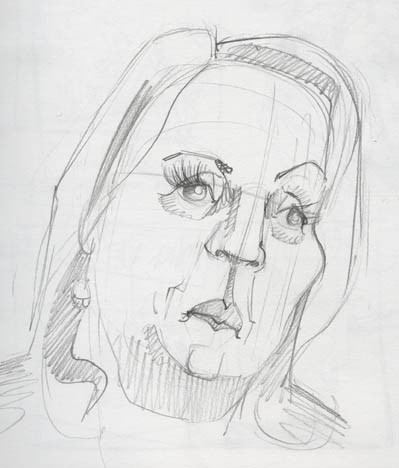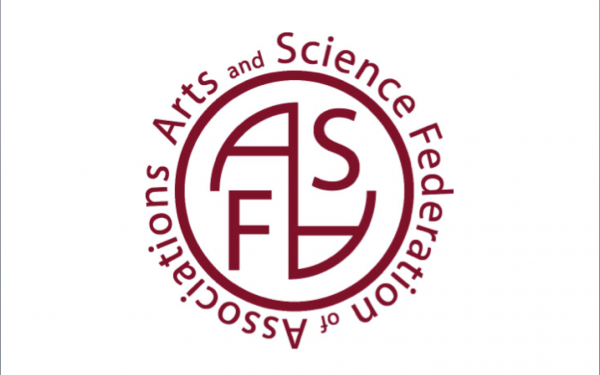Room at the Top
Two of Concordia’s Top VPs Quit Within A Month
After 24 years at Concordia, VP Services Michael Di Grappa, the architect of the university’s rebranding in the 21st century, announced on Sept. 29 that he would be stepping down from his position at the end of October.
Serving as VP Services since March 2000, with a stint as acting president from 2007 to 2008, Di Grappa leaves behind a controversial legacy. His departure also comes at an unfortunate time for the university, less than a month after VP Advancement and Alumni Relations Kathy Assayag quit on Sept. 8.
Both VPs were widely believed to be the two most powerful people at Concordia after President Judith Woodsworth.
“It must have been a very difficult decision for him to take, but normally when a decision of this magnitude is taken, we hear about it a week before. We heard nothing until the day of,” said Amine Dabchy, who represents undergraduate students on Concordia’s Board of Governors. “It was a shock to everyone.”
At the meeting of Concordia’s board on Sept. 30, Di Grappa’s departure was not mentioned once during open session. President Woodsworth said nothing about the loss of her number two, despite the fact that he was sitting across from her.
The board meeting started in closed session and remained closed for over an hour. During the open session that followed, Patricia Saputo, who sits as an independent governor, alluded to the closed session and stated that Assayag’s vacated position was discussed.
Assayag cited personal reasons for quitting her position, though she was a board favourite, winning six major awards for her department. Assayag also made the Faubourg Tower, home of alumni relations, the centre of Concordia’s financial future.
During an interview with The Link in September, Woodsworth reiterated her belief that greater alumni donations were expected to help alleviate the need for higher tuition.
After the meeting, some board members expressed concern with the departure of both VPs.
“Di Grappa’s sudden departure raises some concern and it is weird that it was not discussed,” said Concordia Student Union President Heather Lucas. “It’s interesting that two executives have left in such a short amount of time.”
The two departures, but especially that of Di Grappa—who will become McGill’s Vice-Principal Administration and Finance—will leave a large hole in Concordia’s senior administration.
Responsible for the more than $500 million building program that has transformed the university’s two campuses, Di Grappa was also responsible for rewriting most of Concordia’s policies after the September 2002 Netanyahu protests that shook the university.
Di Grappa signed Concordia’s contract with food services company Chartwells in 2002, shut down Concordia’s copy services in 2006 and was the only public member of the university’s secretive Risk Assessment Committee, an organization inside the university’s security department responsible for vetting on-campus events.
In 2007, the Quebec labour board ordered Di Grappa to stop interfering in negotiations with the university’s support staff union.
“Even if we disagreed with him on some points, on Chartwells and his opposition to the water bottle ban, he was someone who was very open,” said Dabchy. “That is something that is very rare in senior administration.”
Over the course of his two-and-a-half decades at Concordia, Di Grappa has often dealt directly with student reactions to some of his more contentious decisions.
Three weeks ago, Di Grappa defended the university’s new public space policy, VPS-24, in the pages of The Link.
Di Grappa was heavily criticized for transforming the mezzanine—the longtime seat of student activism—into a sleepy student lounge in 2006. Many students objected to the takeover, but Di Grappa claimed the services department was responding to student demands.
After creating so much change at Concordia, Di Grappa, a graduate of Concordia’s School of Community and Public Affairs in 1984, had to leave the university where he spent more than half his life.
“It was time for him to take on a new challenge,” said Concordia spokesperson Chris Mota. “He’s a young man, he’s under 50 years old, and the only higher position for him was president, and that’s not a possibility for the foreseeable future.”
While Di Grappa and Assayag might be gone from Concordia by the end of the month, the situation surrounding their departures may continue until the next board meeting in December.
“I think that this is going to be an ongoing issue that the board will have to look at,” said Lucas, who added that she was in favour of the board examining the departures.
Roger Côté, the associate VP Enrolment and Student Services, will serve as acting VP Services until a board search committee can find a replacement for Di Grappa.
Dominique McCaughey, the Principal Director for Special Initiatives, Advancement and Alumni Relations, will serve as Acting VP Advancement and Alumni Relations until a replacement is found.
This article originally appeared in Volume 31, Issue 08, published October 5, 2010.




_600_832_s.png)


__600_375_90_s_c1.jpg)
ED1(WEB)_600_375_90_s_c1.jpg)
